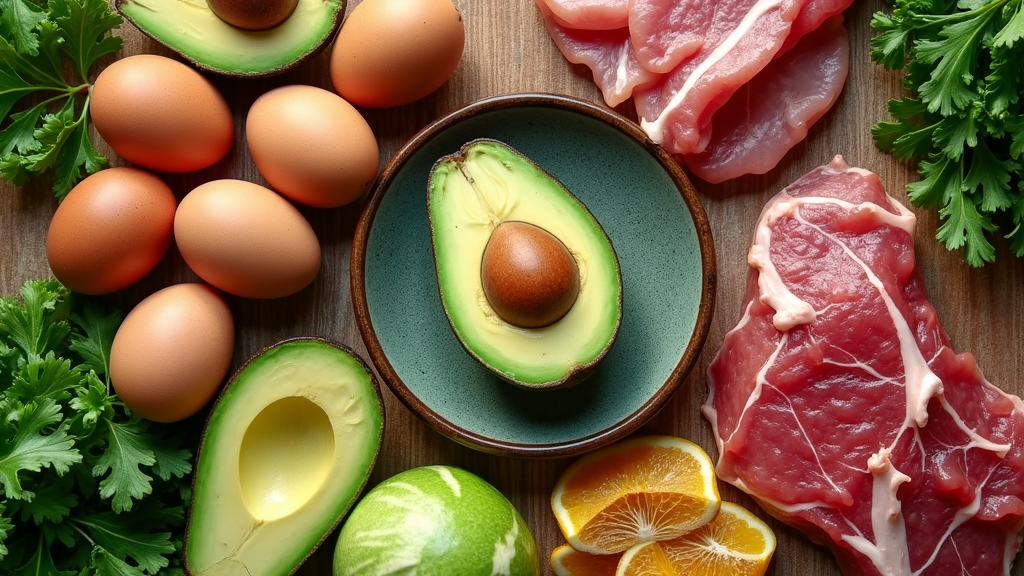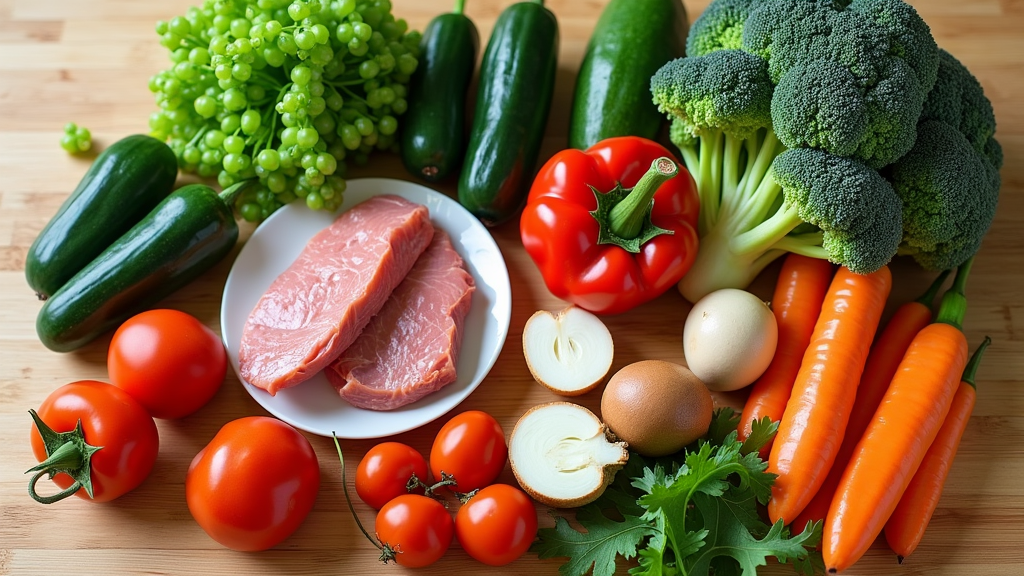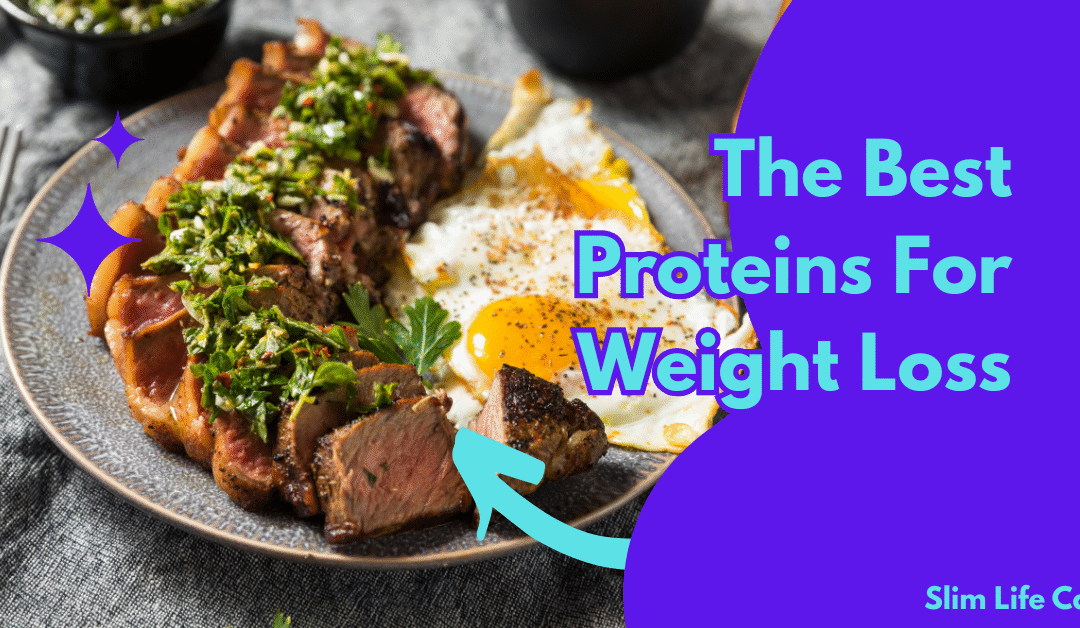Best Keto Diet Foods
Kickstarting a keto diet is an adventure toward a healthier lifestyle that many are finding extremely rewarding. In this article, I check out a range of foods that work perfectly within a keto diet. By understanding why these foods fit into the diet and how they support your goals, you’ll find it easier to plan your meals and enjoy your adventure.

Top Keto Diet Foods to Include in Your Meal Plan
The foundation of a successful keto diet begins with selecting the right foods. I always recommend focusing on whole, unprocessed items that naturally fit low-carbohydrate and high-fat criteria. Key items include meats, fatty fish, eggs, butter, high-fat dairy, as well as plenty of low-carb vegetables. These ingredients not only help you achieve ketosis but also provide the necessary nutrients your body needs.
For example, avocados are celebrated for their healthy fat profile and are perfect for keto lunches and snacks. Fatty cuts of meat or fish, like salmon, are another great addition. They offer not just protein but also essential omega-3 fatty acids that support overall health. And never overlook eggs, which provide a rich source of protein and vitamins while offering endless versatility in preparation.
Additionally, including ingredients such as nuts and seeds, olives, and cheese can add variety and texture to your meals. These foods contribute not only to reaching ketosis but also help in keeping your taste buds excited while maintaining a vital nutritional balance. The key is to build meals that are satisfying, nourishing, and diverse enough to keep you motivated on your diet.
Understanding the Role of Fats, Proteins, and Carbohydrates on Keto
One of the main components of the keto diet is the emphasis on high fat intake, moderate protein, and very low carbohydrates. Fats become your main source of energy when carbohydrates are minimized. I find that understanding this balance is essential for anyone starting out. Foods such as olive oil, coconut oil, and ghee are excellent examples of fats that support the diet.
Proteins play an important role as well, but it’s crucial to avoid consuming them in excess. Too much protein can be converted into glucose through a process called gluconeogenesis, which might slow down your progress toward reaching ketosis. That is why lean meats, fish, and eggs are ideal due to their ability to provide a perfect balance for sustaining a keto lifestyle. Ensuring the proper amounts of these macronutrients is very important for your success.
Carbohydrates generally take a back seat on keto. However, not all carbs are created equal. Non-starchy vegetables like spinach, broccoli, and zucchini provide fiber and essential nutrients without significantly impacting carbohydrate levels. These choices help regulate blood sugar levels while still ensuring that you receive enough vitamins and minerals. Paying attention to these details can make all the difference in your everyday energy levels and overall nutrition.
Starting Out with the Keto Diet: Simple Steps to Follow
Before jumping into the complexities of keto recipes, it is helpful to build a clear meal plan that keeps carbohydrate intake very low. I recommend starting with simple, nutrient-rich foods that ease the preparation process and build confidence in your new eating style.
Here are some straightforward steps I follow to get started:
- Choose Whole Foods: Center your meals around proteins, healthy fats, and low-carb vegetables. This makes it easier to manage your macronutrient balance and helps you stay on track.
- Clear Out High-Carb Foods: Removing items like bread, pasta, and sugary snacks from your pantry prevents unwanted temptations and supports your diet goals.
- Plan Meals Ahead: A well-thought-out menu reduces the chances of making last-minute decisions that stray from your keto goals. Planning ahead is a smart way to take control of your diet.
- Experiment with Flavors: Keto meals need not be bland. Using spices and herbs can add an eye-catching burst of flavor without increasing your carbohydrate intake.
- Focus on Hydration: Staying hydrated and balancing electrolytes helps prevent common side effects that many newcomers face. This simple focus can make a remarkable difference in how you feel during the transition.
Implementing these steps is a cost-effective way to ensure that your body transitions smoothly into a state of ketosis while enjoying the meals you prepare. In time, this foundation will help you feel both satisfied and energized throughout your day.
Navigating Nutritional Challenges on Keto
Transitioning to a keto diet can sometimes feel challenging. Many discover that their body needs time to adjust to burning fat instead of carbohydrates for energy. A well-known hurdle is the so-called “keto flu,” which tends to occur as your body adapts. Symptoms might include fatigue, headaches, or mild nausea. Fortunately, these episodes are usually short-lived when you carefully manage your electrolyte and hydration levels.
Another challenge lies in ensuring you receive a balanced intake of vitamins and minerals. The limited variety of fruits and some vegetables in a keto meal plan might create gaps in your nutrition. This is why many people find it useful to incorporate supplements or to focus on foods that are naturally nutrient-dense, such as leafy greens and fatty fish. Giving a boost to your diet with these nutrient-rich options can help fill any nutritional voids.
Being prepared for these challenges can make a huge difference. Devote some time to research and prepare for potential roadblocks so that the transition becomes as smooth as possible. Often, adjusting expectations and taking small, steady steps can help ease any initial struggles during this diet change.
Advanced Tips and Tricks to Give a Boost to Your Keto Lifestyle
After you have adapted to the basics, there are several advanced techniques you can use to refine your keto diet further. Beyond the core foods, creating flavorful meals that do not rely on sugars or high-carb ingredients can open up many creative culinary avenues.
Experiment with Variety through Different Fats: I often try different fat sources. Beyond the staples like coconut oil and butter, consider using avocado oil, macadamia nut oil, and even fish oil. Each of these offers distinct flavors and unique health benefits that your body appreciates. Taking advantage of these diverse fat sources can really level up the variety in your dishes.
Use Keto Substitutes: When you crave something sweet, there are many keto-friendly alternatives available. Sweeteners like stevia or erythritol allow you to enjoy desserts without spiking your blood sugar. Additionally, incorporating unsweetened almond milk into recipes is a great way to mimic thicker, high-carb ingredients without any unwanted side effects.
Season Your Foods Creatively: Herbs and spices can turn an ordinary meal into something exciting. Experimenting with rosemary, thyme, or even smoked paprika can create a whole new palette of flavors in your dishes. Adding layers of spices not only boosts flavor but also adds subtle nutritional benefits.
Practice Meal Prepping: Preparing your meals ahead of time ensures you stick to your plan even when life gets hectic. Batch cooking fatty stews, grilled meats, or egg-based dishes can simplify dinner during busy periods and help solidify your keto routine. This planning strategy can be a lifesaver on particularly busy days.
By adopting these practices, you are setting yourself up to not only survive but truly enjoy your keto lifestyle for the long haul. It’s about making your daily eating habits both delicious and practical, ensuring that every meal helps you stay on track with your health goals.
The Basics: How Your Body Benefits from a Keto Diet
A key benefit of a keto diet is that, when done correctly, it trains the body to use fat as its primary energy source. Switching up from burning carbohydrates to fats helps in managing hunger levels efficiently. Personally, I have found that the constant sense of fullness makes it easier to control portion sizes without obsessively counting calories.
This switch up also supports sustained energy levels throughout a busy day. Many individuals experience improved mental clarity and prolonged energy once they have truly adapted to a fat-based energy system. The consistency of energy throughout the day is one of the most appealing benefits of a keto diet.
Moreover, when you consume the right foods, your body stores energy efficiently. Healthy fats are not just a source of calories—they are vital for cellular growth, maintaining skin health, and supporting brain functions. Over time, following a keto diet can contribute to a reduction in risk factors associated with cardiovascular problems and other metabolic conditions.
In many cases, people find that their overall sense of well-being improves noticeably. The careful balance of nutrients can lead to decreased inflammation, better digestion, and even improved hormonal balance. All these factors combine to offer a well-rounded advantage that goes far beyond simple weight loss.
Smart Shopping Strategies for Keto Success
One common challenge many face is navigating grocery aisles filled with tempting but unsuitable options. Thoughtful planning of your shopping trips can save both time and unnecessary frustration. I have compiled a list of tips that help me shop smartly while following keto guidelines:
- Create a Keto-Friendly List: Start by listing the foods that are safe and those you definitely want to include in your meals. This is a very important way to avoid impulse purchases and stick to your plan.
- Stick to the Perimeter: Most grocery stores stock fresh produce, dairy, and meats along the store’s perimeter. Shopping here reduces the chance of grabbing processed items that may be high in carbs.
- Read Labels Carefully: Even products marketed as keto-friendly can have hidden sugars and fillers. Spending a few minutes carefully checking nutritional facts can save you a lot of hassle later.
- Buy in Bulk When Possible: High-quality fats such as extra virgin olive oil or coconut oil are often more economical when purchased in larger amounts. This strategy is both cost effective and convenient for long-term dietary consistency.
- Incorporate Variety: Even on a focused diet like keto, variety is crucial. Aim for a mix of proteins, fats, and vegetables to keep your meals interesting and nutritionally balanced.
Implementing these strategies not only simplifies your shopping experience but also sets you up for long-term success. When you prepare ahead, you are less likely to stray from your dietary goals and more likely to enjoy every meal as you reinforce your commitment to your health.
Additional Insights on Adapting to a Keto Lifestyle
Many individuals transitioning to keto discover that mindset adjustments are just as important as dietary changes. It is really important to be patient during the early stages of the diet. Expect occasional challenges and give yourself room to adjust slowly rather than expecting overnight success. Small changes, such as gradually reducing carbohydrate intake and increasing healthy fats, can help your body better adapt to this new way of eating.
Moreover, listening to your body is crucial. As you progress, keep an eye out for signals that indicate either success or the need for adjustments. Some days, you might feel more energized and clear-headed, while on others you might need to tweak your food choices or add in extra nutrients. This flexible approach can ease the journey significantly, allowing you to make informed decisions that are best for your health.
This section is all about being proactive. Taking time to experiment with different recipes and preparing your meals in advance can significantly reduce the strain of daily decision-making. When you have a solid routine and a backup plan, it becomes much easier to stay committed even on the busiest days.
Long-Term Considerations and Personal Experiences
Transitioning to and sustaining a keto diet is more than a short-term fix—it often results in lifelong benefits. Many people who have switched to keto report not only rapid weight loss but also a lasting improvement in energy levels and mental performance. Over months and years, a well-planned keto diet can help reduce inflammation, improve digestion, and even contribute to better sleep patterns.
In my own experience, adopting a keto lifestyle has meant more than just changing the food on my plate. It has required a complete revamp of my approach to health. Regular exercise, proper hydration, and a commitment to planning ahead have all played integral roles. The consistency of these practices has often led to breakthroughs that extend beyond just physical appearance. Many have found that the discipline required for keto spills over into other aspects of their lives, resulting in improved work performance and overall mental clarity.
It is also very important to understand that individual results vary. Some might see dramatic changes within a few weeks, while others may take a few months to fully experience the benefits. No single plan works for everyone, so it is essential to tailor your approach and make adjustments as needed. Sharing experiences with a community or seeking advice from nutritional experts can further simplify this process.
Frequently Asked Questions
This section answers some questions I often get from people at various stages of their keto journey.
Question: What’s the best food to eat on keto?
Answer: Many experts agree that fatty foods like avocados, salmon, and high-fat dairy are excellent choices because they help keep you in ketosis while providing vital nutrients. However, the best food for you depends on your personal tastes and health goals.
Question: What are the 9 rules of keto?
Answer: Although different sources may list these rules slightly differently, a common set includes: maintaining a very low carbohydrate intake, prioritizing high-quality fats, consuming moderate protein, focusing on whole foods, avoiding processed foods, monitoring your electrolyte levels, staying hydrated, planning meals ahead, and giving your body time to adapt to the diet.
Question: What is the most successful keto diet?
Answer: Success on keto depends largely on your specific goals. Many find that a strict high-fat, moderate-protein, and very low-carb diet facilitates rapid weight loss and sustained energy levels, while others prefer a cyclical approach with periodic higher-carb days to maintain overall health. Both methods can be effective when executed properly.
Question: What foods can I eat unlimited on keto?
Answer: Generally, non-starchy vegetables are safe to eat in unlimited quantities. Foods such as leafy greens, broccoli, and zucchini offer minimal carbs along with essential nutrients, making them a reliable staple in a keto diet.
Wrapping It Up
Sticking to a keto diet can be both satisfying and transformative when you know which foods work best for you. Focusing on whole foods, healthy fats, and the right mix of proteins and low-carb vegetables lays a solid foundation for long-term benefits. With careful planning, creative recipe experimentation, and smart shopping habits, your keto diet can become a sustainable part of your lifestyle.
The transition toward a fulfilling keto lifestyle may come with a few bumps along the way. However, with the right tips and a willingness to adapt, you can overcome challenges and enjoy great rewards in improved energy, mental clarity, and overall wellness. Every meal you prepare is a step closer to achieving a healthier you.
Remember, the keto lifestyle isn’t just a short-term change. It is a full-scale rethinking of how you nourish your body. Rather than merely focusing on weight loss, it is about establishing long-lasting habits that promote overall health. It isn’t just about what you eat now—it’s about building a foundation for a vibrant future. By making conscious choices and planning ahead, you set the stage for a life that is both healthy and fulfilling.
Take the time to educate yourself on the fundamentals of ketosis and experiment with different recipes until you find what works best for you. Enjoy the process and celebrate the small victories along the way. With persistence and commitment, you will gradually see the changes that come from a diet tailored to your unique needs. Every decision you make, from selecting fresh ingredients to preparing your meals in advance, contributes significantly to your overall well-being. Stay positive, stay informed, and let your body gradually adapt to a diet that truly nourishes you.
In the end, the benefits of a keto diet extend far beyond the scale. Improved focus, sustained energy, and a more balanced mood are just a few of the rewards waiting for those who commit. It’s all about finding what works and adapting as you learn more about your body. Enjoy each meal and remember that each day is an opportunity to make decisions that benefit your health in the long run.
Start incorporating some of these best keto diet foods into your daily menu and notice how small adjustments can lead to positive, lasting changes in your overall health. Enjoy the process with enthusiasm, and keep on refining your approach as you learn what suits you best. Your journey on keto is a personal one, and every well-chosen meal is a milestone on the path to a healthier, more vibrant life.




